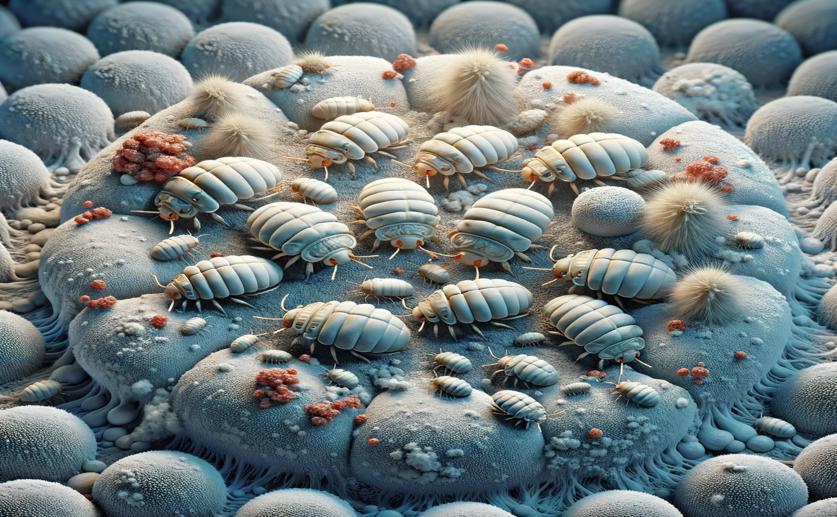
A Special Pellet and Fungus Offer Multiple Protections to Mealybugs
Jim Crocker
17th May, 2024

Image Source: Natural Science News, 2024
Key Findings
- Mealybugs feeding on tomato plants develop unique pellet-like structures on their legs that house the fungus Penicillium citrinum
- These at-leg pellets form through a collaboration of plant secretions and waxy filaments from the mealybugs
- The fungus within these pellets protects mealybugs by inhibiting harmful fungal pathogens, enhancing their survival
References
Main Study
1) An at-leg pellet and associated Penicillium sp. provide multiple protections to mealybugs.
Published 16th May, 2024
https://doi.org/10.1038/s42003-024-06287-2
Related Studies
2) Ecology and Evolution of Insect-Fungus Mutualisms.
3) Fungal mutualisms and pathosystems: life and death in the ambrosia beetle mycangia.
4) Burying beetles regulate the microbiome of carcasses and use it to transmit a core microbiota to their offspring.



 16th May, 2024 | Greg Howard
16th May, 2024 | Greg Howard